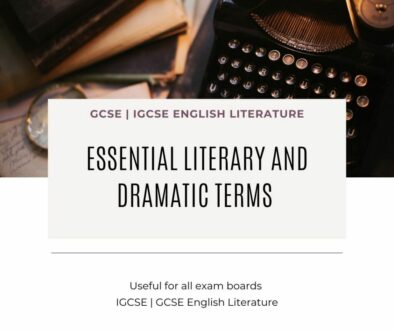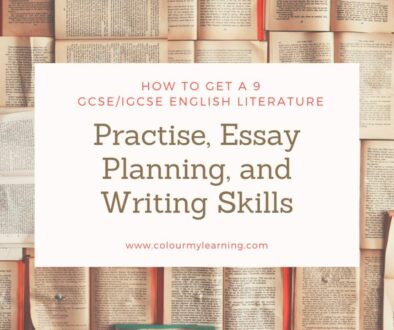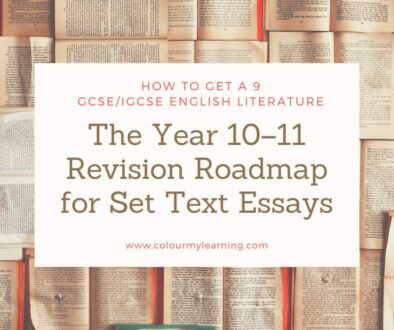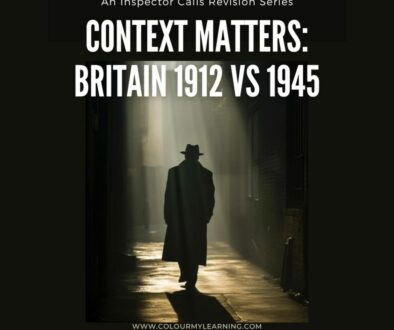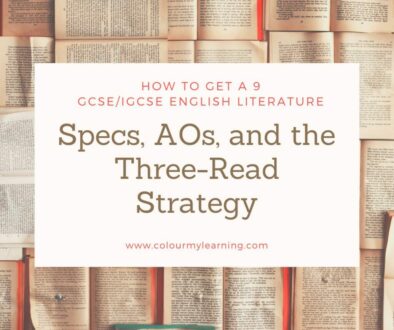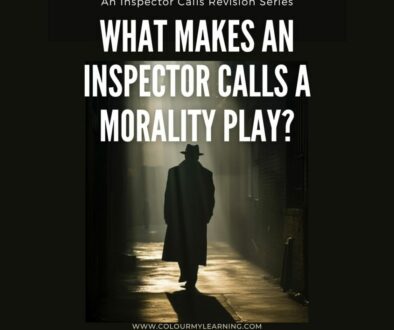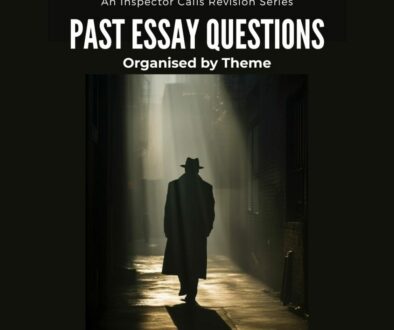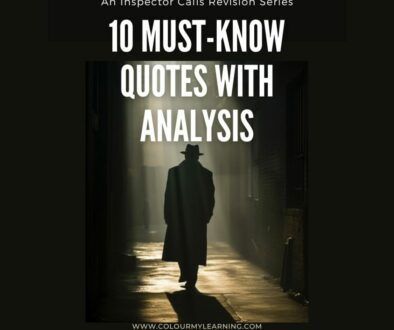How Much Context Do You Really Need | Edexcel IGCSE English Literature (4ET1/02) Paper 2 Section A: Modern Drama
If you’re studying for the Edexcel International GCSE in English Literature, Paper 2 (4ET1/02), you’ll need to tackle Section A: Modern Drama. Whether you’re reading An Inspector Calls, A View from the Bridge, or any other modern text, one of the most common questions students ask is:
“Do I need to write about historical or social context?”
The answer? Yes — but only if it helps.
In this post, we’ll explain how much context is actually needed, when it’s helpful, and when to leave it out. Plus, we’ll give you practical tips and sentence starters to make your responses stand out.
What is Section A: Modern Drama?
Section A of Paper 2 asks you to write a literary essay on a modern play. You’ll choose one of two questions and craft a structured response using evidence from the text. This section is open book, which means you can bring a clean copy of your play into the exam.
The focus is on your ability to:
- Understand what the playwright is saying
- Analyse how language, structure and form create meaning
- Engage personally and critically with the text
You are not being tested on how much history or biography you know — it’s your interpretation and analysis that count.
Modern Drama Compiled Exam Questions
- A View from the Bridge
- An Inspector Calls
- The Curious Incident of the Dog in the Night-time
- Kindertransport
- Death and the King’s Horseman
What Are the Assessment Objectives?
Let’s break it down.
For Section A, your answers are assessed on two criteria:
AO1 – Knowledge & Engagement
- You must show a close knowledge of the text.
- You must maintain a critical, thoughtful style.
- You should include a personal response — what do you think or feel?
AO2 – Language, Form, and Structure
- You must analyse the writer’s use of language (e.g. imagery, irony, tone).
- You should explore structure and dramatic techniques (e.g. stage directions, timing).
- You must show how these techniques create meanings and effects.
❌ AO4 (Context) is NOT assessed in this section.
You do not get extra marks for writing about the author’s life, historical events, or political climate — unless it directly supports your point.
So… Do You Need Context at All?
The short answer: Only if it helps your analysis.
In other words:
- Do not start your essay with a paragraph on historical context.
- Do not write about Priestley’s politics or Miller’s background unless it helps explain a theme or a technique.
Instead:
Use small, relevant contextual references to support your understanding of characters, themes, or dramatic choices. That’s how you show insightful engagement — not by memorising dates.
When Context Helps
Here are some examples of smart context use, directly tied to AO1 or AO2:
Theme Support (AO1):
“In 1912, women like Eva Smith had limited rights and no social support. Priestley uses her character to criticise the lack of compassion shown by the upper class.”
Dramatic Irony (AO2):
“Mr Birling’s claim that ‘there isn’t a chance of war’ is undermined by what audiences in 1945 already know — Priestley uses this irony to expose his arrogance.”
Character Motivation (AO1):
“Eddie’s obsession with honour reflects post-war American ideas about masculinity and family pride, which Miller critiques through his downfall.”
❌ When Context Hurts Your Answer
These examples show when context is getting in the way:
Wasting time on biography:
“Priestley was born in 1894 and served in World War I…”
(Interesting, but not relevant unless linked to a point.)
Listing facts with no analysis:
“Women couldn’t vote in 1912 and the Titanic sank in 1912.”
(True, but unless it explains a character or theme, it’s not helping you earn marks.)
How to Use Context Effectively – A Formula
Use this simple paragraph formula to stay on track in your essay:
Point → Evidence → Effect → Writer’s Purpose → Context (only if it helps)
Example:
Priestley presents Mr Birling as arrogant through his speech: ‘the Titanic… absolutely unsinkable.’ The use of dramatic irony makes the audience mistrust him. This reflects Priestley’s aim to criticise overconfident capitalist figures, especially in 1945 when audiences had lived through the consequences.
See how context appears at the end, as a support — not a lead?
Key Reminders for Students
✅ Do This
- Mention context only when it supports analysis
- Link context to themes or character development
- Use dramatic irony and setting as devices
❌ Don’t Do This
- Write standalone context paragraphs
- List author facts or dates
- Assume context is a separate AO
Bonus: Sentence Starters for Strategic Context Use
Here are a few student-friendly starters to help you slip context into essays without overdoing it:
“This reflects the attitudes of…”
“Priestley might be critiquing the idea that…”
“This would have resonated with 1945 audiences because…”
“The writer uses this technique to expose…”
Final Thought
Context can strengthen your essay — but only if it’s relevant, brief, and analytical. Don’t treat it as a separate section or a memory test. Instead, use it to help you say something smarter about character, theme, or technique.
Focus on what the writer says and how they say it. That’s where the marks are.


